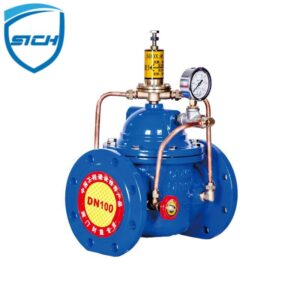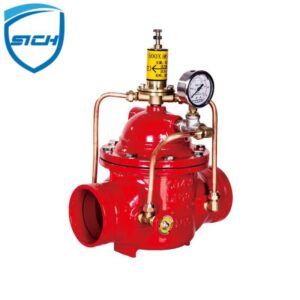Relief Valve
What differences between relief type and safety valves?
Although both terms refer to valves used to relieve pressure from a pressurized system, their technical definitions are somewhat different. Normally, relief valve refers to a valve in a pressurized system that controls the pressure to achieve the best function of the system. Relief valves are designed to help your facility avoid system failures and protect equipment from overpressure conditions.
On the other hand, the term safety valve refers to a pressure valve designed to protect people, property, and processes. Safety valves are overpressure protection devices. Meanwhile, it’s for protecting personnel and equipment. And also usually installed in HP operation line for cementing/fracturing pumps, pressure vessels and other equipment under HP and high displacement.
How the relief valves work?
Adjust the preset pressure value of 5,000 psi to 15,000 psi (35 MPa to 105 MPa) through the top nut. When the pumping pressure or working pressure exceeds the preset value, the relief valve will automatically open to release the pressure. When the pressure is less than the preset value, they will automatically close.


